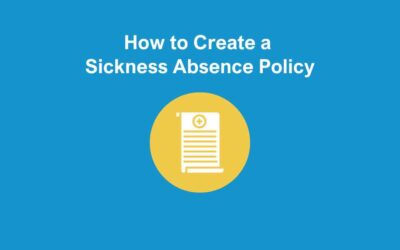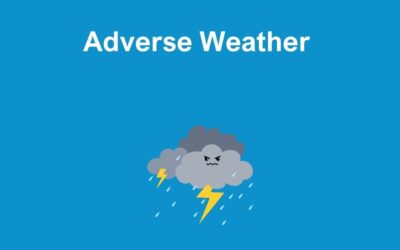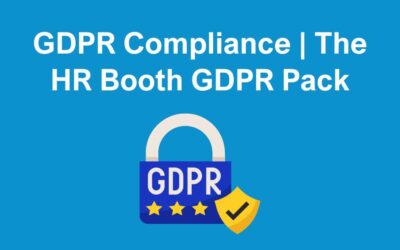Picture your workplace and ask yourself: What could harm people? What steps can you take to reduce that harm? This is the foundation of risk assessment, and it’s a process you should constantly consider to reduce liability, comply with workplace safety laws, and keep your employees safe.
The best approach to risk assessment is to minimise paperwork and instead, focus on sensible solutions you can take to reduce workplace risk. If you’re unsure of how to do so, read on to learn:
- How to identify hazards in the workplace;
- How to identify who might be harmed and how;
- How to evaluate the risks and decide on precautions; and
- How to record significant findings
How to Identify Hazards in the Workplace
Risk assessment begins with identifying hazards in the workplace. The best way to do so is to simply walk around your workplace and ask which items, processes, substances, or activities pose a risk to employees and their well-being?
As you can imagine, identifying every minor risk can be a challenge. However, there are some tips you can follow to ensure you aren’t overlooking potential risks due to familiarity with your workplace:
- Review Manufacturers’ Instructions – Manufacturers’ instructions will identify risks for machines or specify hazardous substances within certain machines or objects in the workplace that may pose a threat.
- Review Accident and Health Records – Previous incidents or employee health problems may point to a specific problem in the workplace.
- Think Beyond the Workplace – Do maintenance, cleaning operations, or other factors create a risk where there otherwise wouldn’t be one?
Considering these factors, among others, is the simplest way to quickly identify workplace hazards.
Consider Who Might be Harmed by These Hazards
Once you’ve identified workplace hazards, you should consider who is most likely to get harmed by each. This doesn’t mean you must specify individuals, either. Instead, focus on groups of people who use a particular machine or work in a specific area of the office where the hazard is located.
When you’re considering who is likely to be harmed by these hazards, consider:
- Those who aren’t always in the workplace, but have enough contact to make this a risk;
- Those who enter your office but don’t work there; and
- How other businesses in your workplace – if it’s shared – may be impacted by the identified hazards.
Evaluating the Identified Risks
Now that you know what the risks are and who may be harmed, you have to consider how likely it is that this will happen. Doing so will help you evaluate how to best manage the identified risks in a practical, efficient way.
While you could ideally focus on all workplace risks, it’s most efficient to pay credence to the risks that will cost you the most in terms of time, money, or hassle.
When considering every risk, ask yourself: “Can I eliminate the hazard altogether or, if not, what can I do to control the risk to minimise the risk of harm?” Some of the best solutions to the second question are:
- Identifying and implementing a less risky option;
- Restricting access to the hazards, if possible;
- Reorganising work to reduce exposure to the hazard;
- Purchasing protective equipment;
- Consulting and working with employees to implement better policies surrounding the risk
Getting your workers involved and asking them questions about the risk and how they encounter it is the easiest way to make meaningful changes. As such, you should keep them involved each step of the way.
How to Record Significant Findings
A risk assessment is technically a record of your findings from the steps above. This makes it easy to reference as you make improvements to measure the risks you’ve identified and how your efforts have made a difference.
Your risk assessment should demonstrate that you gave attention to each of the steps above. Moreover, your written assessment will serve as a continuous resource you can refer to time and time again. And, if there are any significant changes in your workplace, it’s important that you re-evaluate risks and create a new risk assessment, if necessary.
Do You Need Help With Your Risk Assessment Report?
Risk assessment can be tricky, but it’s an essential step in keeping your workplace safe. If you need assistance, The HR Booth can help.
Contact us on 01383 668178 to discuss our risk assessment and other health and safety services to get your workplace protected. We look forward to speaking with you!







